In recent years, shipping containers have become increasingly popular as a versatile and affordable option for everything from storage to housing. But unless you’re in the industry, most people don’t know too much about them. How are they made? Are there limits for what they can be used for? And how much do all the different kinds cost?
Whether you’re considering using a shipping container for business or personal needs, or just curious about the possibilities, read on. This quick blog will cover the basics, so you can start to make more informed decisions about shipping containers.
Here are some of the fundamental questions about these highly versatile products:
- What are shipping containers?
It may seem like an obvious answer, but if you want to delve into the world of shipping containers, you may hear terms you don’t recognise. Basically, shipping containers are large, steel boxes that were designed to transport goods by ship, train, or truck. They’re also known as intermodal containers, because they can be transferred between different modes of transportation without being unloaded and reloaded. You may hear them called ‘sea cans’ informally, and refrigerated units are sometimes called ‘reefers’.
A huge amount of the world’s exporting and importing of goods is conducted via shipping containers. They may just look like metal boxes, but they represent a huge leap forward in globalisation as they make overseas commerce far more cost effective.
- How are shipping containers made?
The vast majority of shipping containers are made from corrugated steel, which makes them strong and durable. Reputable manufacturers of shipping containers construct their products to protect cargo, even in the most extreme weather they could encounter at sea. This means high quality, corrosion-resistant materials and heavy duty weather-proof seals. The walls of steel are precisely cut, pressed into a strengthening formation, welded with steel casings, and then reinforced to create ultimate security.
But even though they’re built to be strong, they are relatively lightweight. This makes them easier to transport and stack on top of each other for space saving. They are also built to be recyclable in a number of ways, including modification for personal and business uses. This process often involves cutting the walls for doors, windows, electrical systems, and plumbing.
- What are the dimensions of a shipping container?
Standard sized shipping containers are typically 8 feet wide and 8.5 feet tall, with a length of 20 feet. But there are also 40-foot containers for shipping a large volume of goods, and smaller options as well. A 40 ft container is, unsurprisingly, twice the length of a 20ft shipping container. However, for convenience during the shipping process, it’s still the same height and width as its 20 ft counterpart.
Some types, like the 20ft high cube or pallet wide are exceptions. These styles provide extra space or headroom, which adds up to quite a difference in cubic capacity. There are options to fit all purposes. So, once you have determined how much you’d like to fit in a container, you can search the dimensions to find the perfect size for your needs.
- How much does a shipping container cost?
The cost to buy shipping containers depends on a variety of factors, including the size, age, and condition of the container. You can expect to pay anywhere from $1,000 to $5,000 for a used standard shipping container. But if you’re looking for a new container, the price might be closer to $3,500. Of course, this will also vary if you’d like to purchase a pre-modified container, or if you’d like to request specific modifications yourself.
The other option that may prove cost-effective depending on your needs is hiring. Most trusted suppliers offer the option to hire a container for both short term and long term projects. The price of hiring can start out as low as a few dollars a day.
- What are the different types of shipping containers?
There are two main types of shipping containers for different types of goods. These are dry containers and refrigerated containers. Dry containers are used to store or transport non-perishable goods, while refrigerated containers are used to store or transport perishable goods, like food and flowers. There are also insulated options for less intense temperature control.
However, for awkwardly sized or bulky cargoes, there are also different loading types. These include side door types, open top types that can be loaded from the top, and even flat racks that have whole walls removed.
- What are the most common uses for shipping containers?
Some of the most common uses for shipping containers include:
Storage: Shipping containers are the perfect storage space for long-term or short-term use. Because they’re weatherproof and secure, you can store just about anything in them, from farm equipment to catering supplies.
Retail space: Shipping containers can be repurposed into retail space, like pop-up shops and food trucks.
Offices: Shipping containers can easily be converted into homes offices or worksite offices for remote places like mining sites.
Homes: Shipping containers can be used to build homes, both permanent and temporary. They’re an affordable option for people who want to downsize or live in a more sustainable way.
Do you still have questions about shipping containers? You can contact Shipping Containers Australia on 1300 284 896, or fill out our online form for an instant quote today!

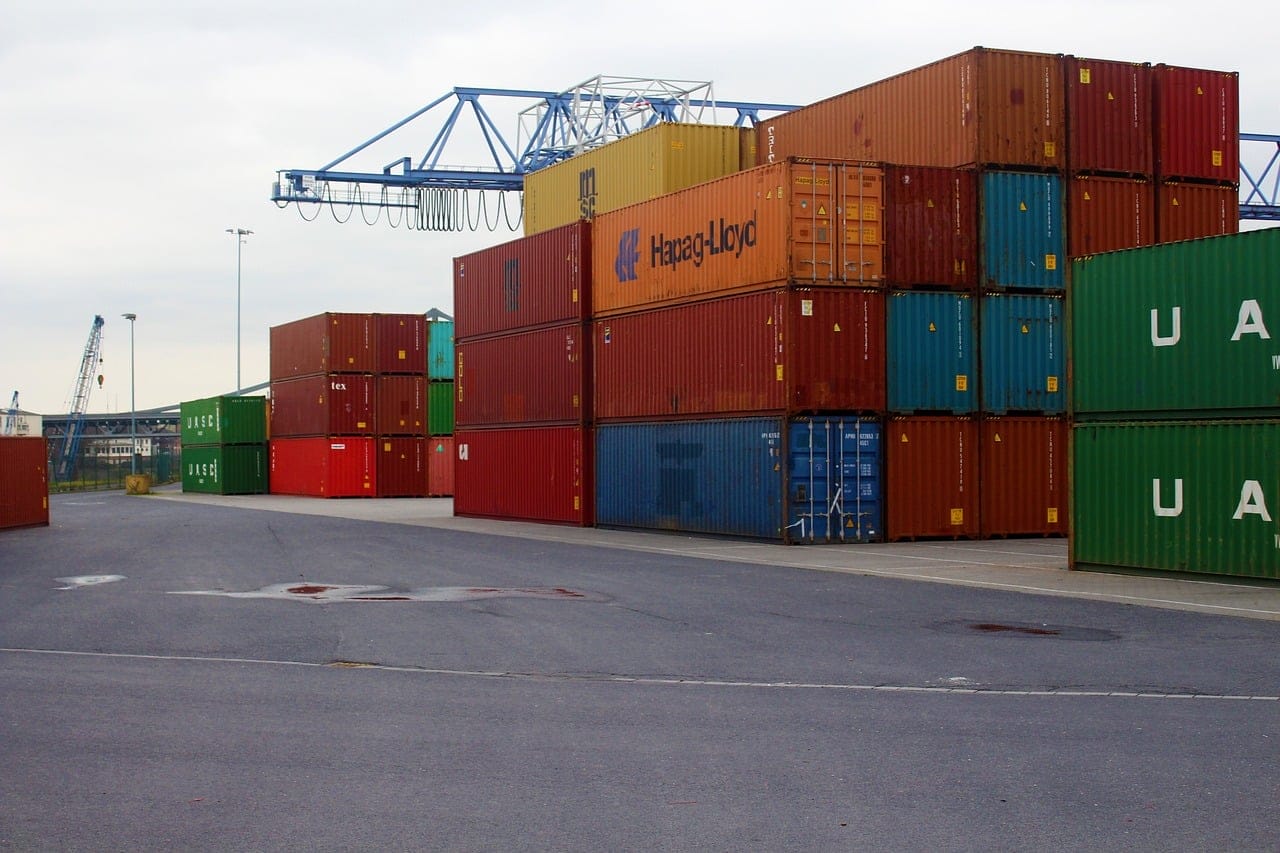
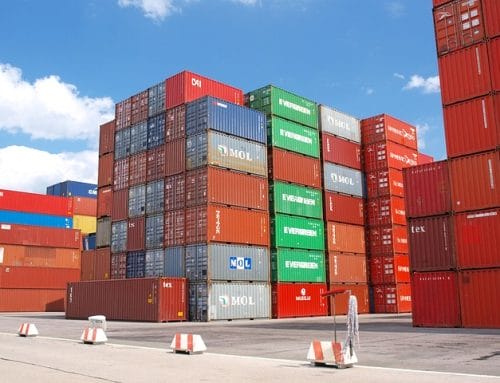
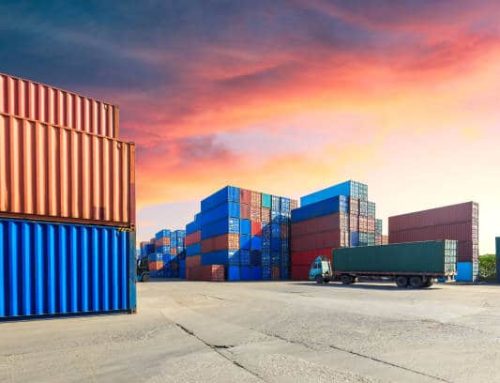
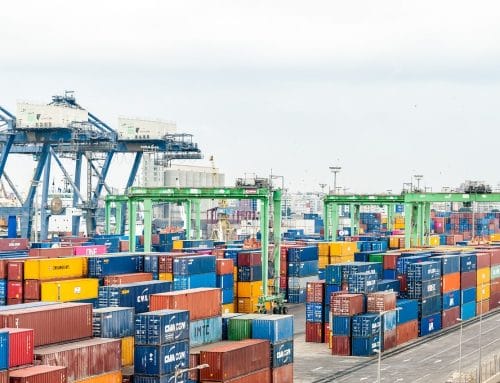
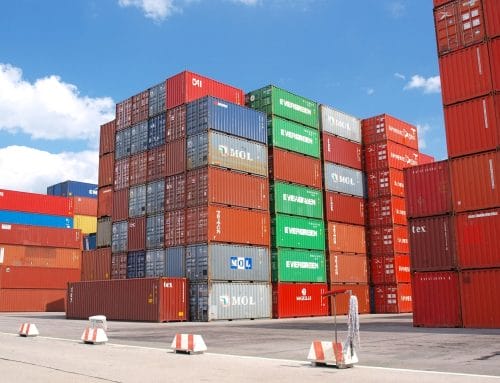
Leave A Comment